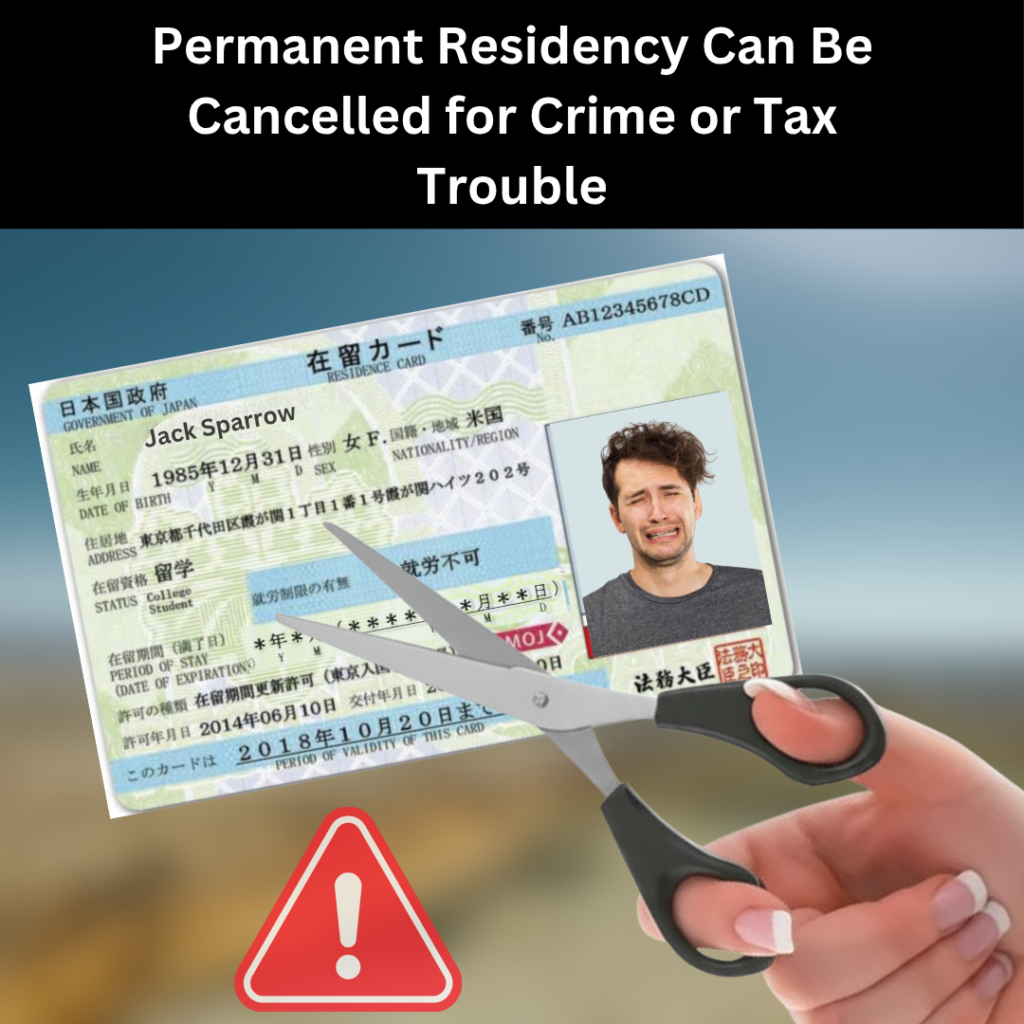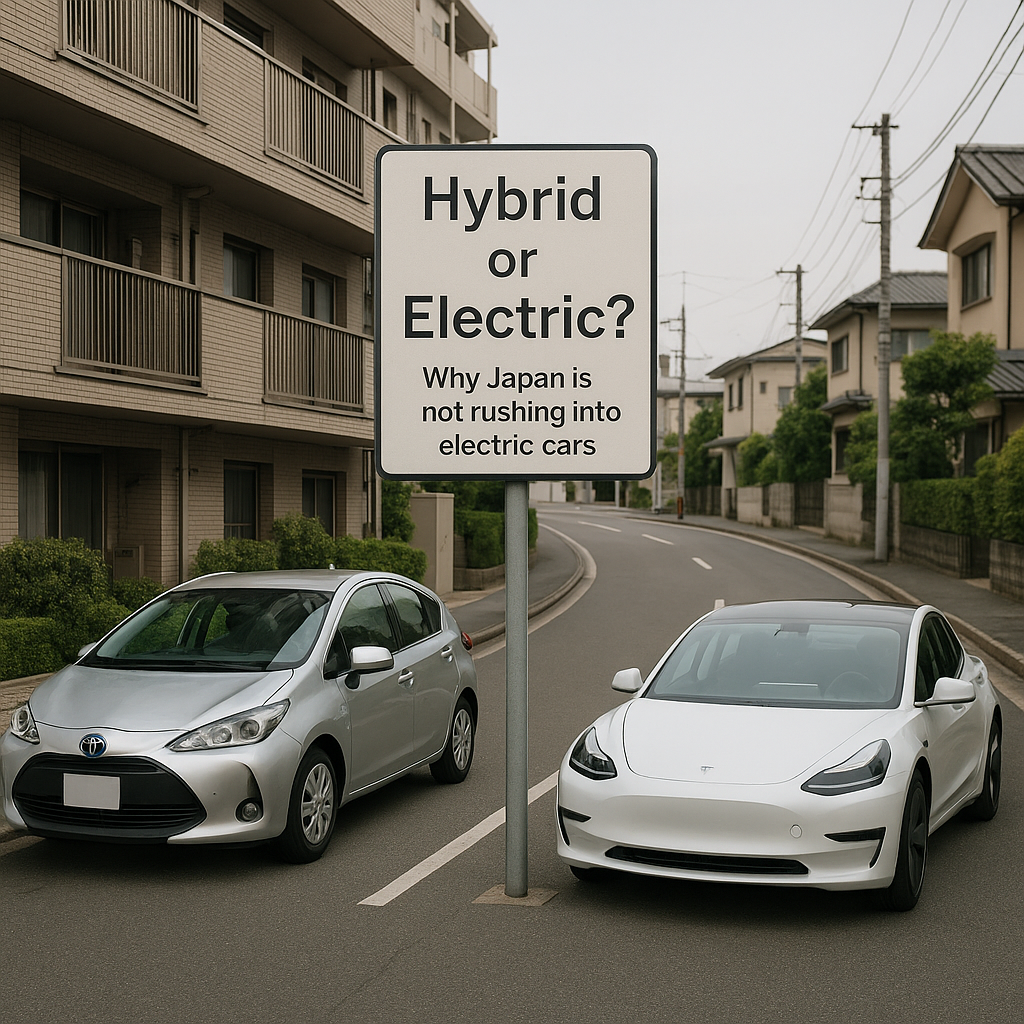Japan And Automobile News
Stay updated with the latest automotive trends, new car models, and technology from Japan!

🚗 Toyota Joins Forces with Waymo: Japan’s Bold Step Toward a Driverless Future
Japan has long been the heart of cutting-edge automotive engineering—and now, one of its biggest players, Toyota, is stepping into the future by partnering with Waymo, Google’s self-driving car company. This powerful collaboration could change not only how we drive in Japan, but how we experience transportation itself.
🤝 Why Toyota and Waymo Are Joining Forces


Toyota has been developing autonomous vehicle technology for years. But in recent times, the company began falling behind global rivals like Tesla and BYD. To close the gap, Toyota signed a major partnership in April with Waymo, a global leader in self-driving technology.
The goal?
To develop fully autonomous vehicles for both ride-hailing services and personally owned cars—vehicles that can drive themselves without human control.
Waymo already operates driverless robotaxis in the U.S., logging over 100 million miles of safe autonomous driving. Now, Toyota wants to bring that expertise into their vehicles and onto Japanese roads.
📅 What’s Coming Next?
Although the agreement is still in early stages, both companies are now working with Toyota’s tech division, Woven by Toyota, to start designing a new generation of vehicles. Here’s what to expect:
Robotaxi trials powered by Waymo tech
Toyota personal cars with built-in autonomous driving features
Real-world testing in U.S. and Japan
Custom development for Japan’s roads, traffic laws, and narrow cityscapes
Even if regulations in Japan still require a driver behind the wheel, this partnership will likely push policy updates in the coming years.
🌍 Why This Matters for Foreigners in Japan
If you’re living in Japan, this kind of news hits closer to home than you might think.
No More Guesswork on the Roads
Navigating Japan’s roads can be stressful—tight streets, unfamiliar signs, and kanji everywhere. With autonomous driving technology designed for local conditions, transportation could become a lot simpler and smoother, especially for those who didn’t grow up here.Everyday Life, Made Easier
From grocery runs to weekend getaways, self-driving features can bring a new level of convenience. The idea of relaxing during a ride while the vehicle safely handles traffic could soon be a reality in Japan’s cities and towns.A Front-Row Seat to Innovation
Major advances like this don’t just happen in Silicon Valley anymore—they’re being developed and tested right here in Japan. Living in a country where global tech leaders are investing in futuristic transportation puts you closer to breakthroughs that most people only read about.Opportunities Beyond the Wheel
As this technology grows, so does the demand for support systems—everything from testing and maintenance to software and mobility services. Foreigners with technical backgrounds or language skills may find doors opening in unexpected ways.
✅ Benefits If This Succeeds
If Toyota and Waymo achieve their goals, the world—and especially Japan—can expect:
Fewer accidents: Self-driving tech can eliminate human error
Easier transportation for elderly or disabled: No driver needed
More efficient city traffic: AI cars communicate and avoid congestion
Freedom and convenience for everyone, including non-Japanese speakers
💡 Final Thoughts
This is more than a business deal—it’s a technological turning point. For those of us living in Japan, it’s another sign that the country continues to shape the future of mobility. Whether you’re interested in cars, artificial intelligence, or simply a better everyday commute, this partnership is one to watch closely.
Toyota and Waymo are not just building vehicles—they’re building a vision of a smarter, safer, and more connected world. And if you’re living in Japan, you’re already closer to that future than you think.

🚨 Think Japan Has No Car Thieves? Think Again – Land Cruisers Are Vanishing in Minutes!
For years, Japan has had a global reputation for being one of the safest countries in the world. Foreigners often assume that leaving valuables in a parked car—or even keeping it unlocked—is no big deal. But here’s the shocker:
Hundreds of Toyota Land Cruisers, Priuses, and Lexuses are being stolen right off the streets of Japan—sometimes in under 2 minutes.
Welcome to the dark side of Japan’s rising car theft wave, where even hybrid cars are being used as silent tools of crime.
🚗 The Most Stolen Cars in Japan (and It’s Not What You Think)
According to data from Japan’s National Police Agency, these were the top 10 most stolen cars in the first half of 2025:
Toyota Land Cruiser – 765 thefts
Toyota Prius – 289 thefts
Toyota Alphard
Lexus RX & LX series
Toyota Crown Series
Toyota Hiace
Lexus LS
Toyota Harrier
Suzuki Carry
It’s not just high-end cars. Even compact hybrids like the Prius are being stolen and then reused to quietly scout or carry out further thefts.
📈 Car Theft on the Rise – Especially in Toyota’s Hometown
Japan recorded over 6,000 car thefts in 2024, a noticeable increase from the previous year. The hardest-hit region? Aichi Prefecture—the heart of Toyota.
Other hotspots include Osaka, Chiba, and Saitama, where foreign buyers and professional crime rings operate with military-like precision.
🛠️ How Do Thieves Bypass Japan’s High-Tech Car Securit

🚨 Japan’s New Law: Permanent Residency Can Be Cancelled for Crime or Tax Trouble
✅ How to Get Permanent Residency (PR) in Japan – All Legal Options
To qualify for PR, Japan’s Immigration Services Agency (ISA) looks at your visa type, your residency period, your income, and your behavior (like taxes and legal records).
Here are the main routes to PR:
1. 🕰️ Standard Route: 10 Years Continuous Residency in Japan
You must have lived in Japan for 10 years or more.
Out of those 10 years, at least 5 years must be on a work visa (like Engineer, Skilled Labor, Instructor, etc.).
You must show stable income and have paid all taxes, health insurance, and pension properly.
No criminal record or immigration violations.
This is the most common and general route for foreigners working in Japan.
2. 💼 Highly Skilled Foreign Professional (HSFP) Fast Track: 1–3 Years
If you’re on a “Highly Skilled Professional” visa, you can get PR faster depending on your points score:
PR after 1 year if you score 80 points or more
PR after 3 years if you score 70 points
Points are given based on:
Education level
Japanese language skills
Annual income
Age
Work experience
✅ Great option for engineers, researchers, professors, or business managers.

💸 Japan Is About To Give ¥20,000 To Everyone – Including Foreigners Living There,But some do not like it
If you’re living in Japan right now, we’ve got some very good news.
The Japanese government is officially planning to give away free money to help people with the rising cost of living – and yep, foreigners are getting it too.
🤑 So, what’s the deal?
Every single resident in Japan – no matter your nationality – is set to receive ¥20,000 in cash from the government.
That’s right. You don’t need to be Japanese. You don’t need to be a voter. If you live here legally, you’re in.
And if you’ve got kids or you’re on a low income? You could be getting ¥40,000. Yes, seriously.

Why Japanese People Don’t Love Electric Cars Like Europeans Do?
If you’re a foreigner living in Japan, you may have wondered:
“Why don’t Japanese people drive electric cars (EVs) as much as in Europe or other countries?”
That’s a smart question — and the answer is not just about technology, but also about culture, lifestyle, and even natural disasters.
Let’s break it down 👇
1. 🚗 Japan Already Loves Hybrid Cars
Japan is the home of hybrid cars like the famous Toyota Prius. These cars use both gasoline and electric power — and they’ve been around for over 20 years.
Japanese drivers trust hybrids and believe they are already eco-friendly.
Many people feel, “Why switch to a full electric car when my hybrid works just fine?”
2. 🏠 People Don’t Drive Long Distances
Most people in Japan use their cars for short trips — to the station, supermarket, or daycare.
Japan has great trains and buses, so many people don’t need a car every day.
Small cars like kei cars are cheap, fuel-efficient, and easy to park — perfect for Japanese cities.
So full EVs feel like more than they need.
3. ⚡ Charging Is Still a Problem
Electric car charging stations are not everywhere in Japan.
Many people live in apartments (called “mansions”) with no space to charge a car.
Public charging stations are growing, but not as fast as in Europe.

🚗 New to Cars? Here’s the Only Car Maintenance Guide You’ll Ever Need!
Owning a car is exciting—but it also comes with responsibility. If you’re new to cars, or don’t know much about how they work, don’t worry. Taking care of your vehicle doesn’t require you to be a mechanic. Just follow this simple guide and your car will stay healthy, safe, and ready to take you anywhere.
🛢️ 1. Check Your Oil – It’s the Car’s Blood!
Oil keeps your engine running smoothly. But over time, it gets dirty and loses its power.
What to do:
Open the hood and pull out the oil dipstick.
Wipe it, put it back, then pull it out again to check the level and color.
If the oil is too low or black and dirty, it’s time to change it.
Do this check once every 2–4 weeks.
🛠️ Bonus Tip: Even if you don’t drive much, oil still ages. Change it every 6 months or 5,000–7,000 km.

🚨 How Donald Trump’s Tariff War Is Shaking Up Japan’s Car Industry – And What It Means for You
By Hiroshima Cars News Team
If you’re working in a car factory in Japan or love driving Japanese cars, here’s something you should keep an eye on: Donald Trump is back in the headlines—and this time, his tough stance on trade could hit Japan’s auto industry harder than ever.
So what’s going on, and why should you care? Let’s break it down.
 Why Did Trump Go After Japanese Cars?
Why Did Trump Go After Japanese Cars?
Back when Donald Trump was president (2016–2020), he believed that the U.S. was losing in global trade—especially with countries like China, Germany, and yes, Japan. He claimed Japan was sending too many cars to the U.S., while American car companies struggled to sell their vehicles in Japan.


